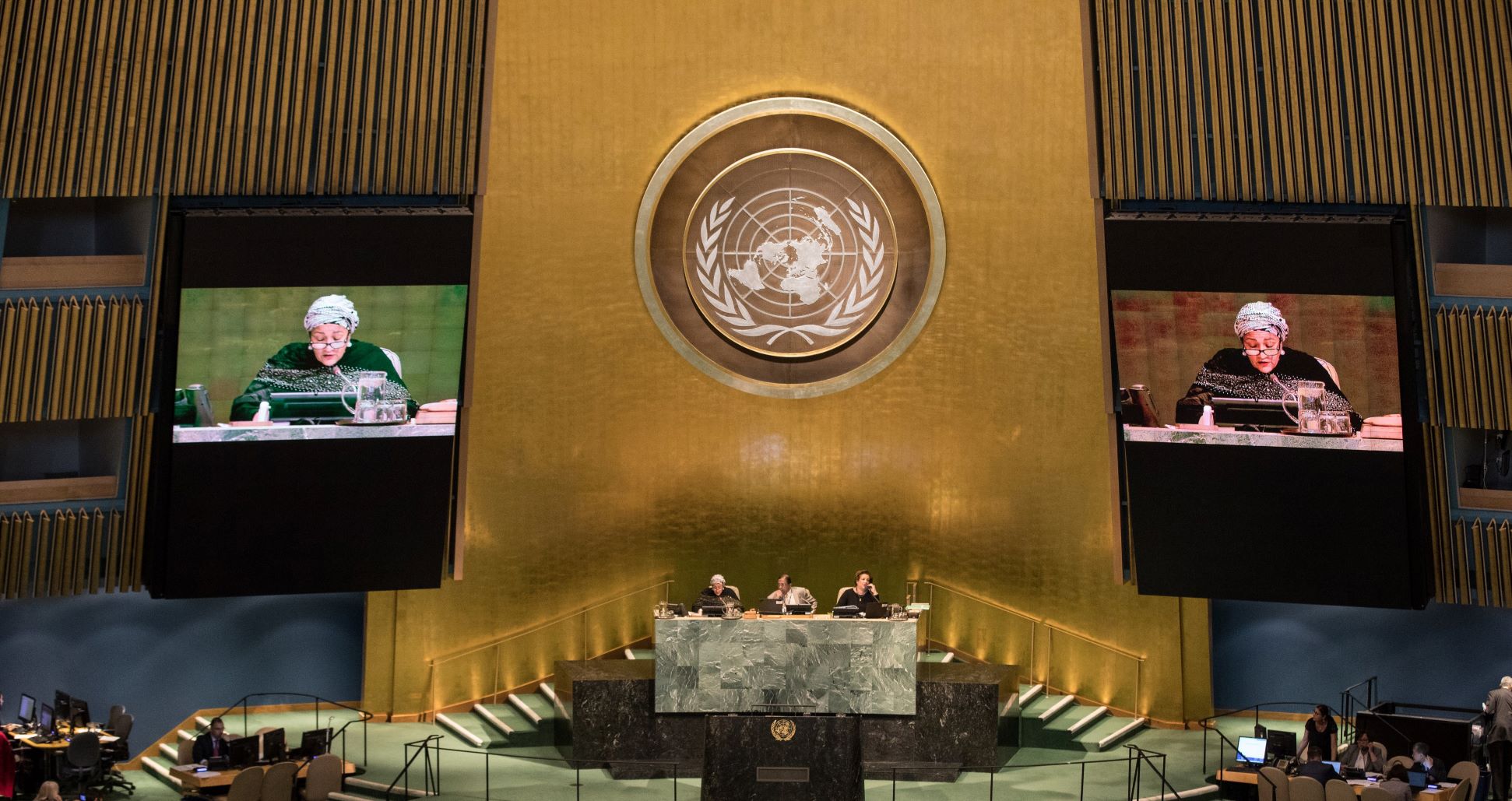
On 31 August 2020, the UN General Assembly adopted resolution A/RES/74/299 on Improving Global Road Safety.
The resolution was based on the Stockholm Declaration agreed at the 3rd Global Ministerial Conference on Road Safety in February 2020. It sets out a new target for road safety target for the next 10 years and proclaims the Second Decade of Action for Road Safety.
Read the full resolution HERE.
Read NGO quotes and reaction from different sectors to the resolution HERE.
Listen to Dr. Etienne Krug, Director of the Social Determinants of Health, WHO, answer NGO questions on the UN Resolution in our Q&A session held in September 2020.
The questions below are based on questions asked, and Etienne Krug’s responses from the Q&A session.
What was the process for the adoption of the UN resolution?
Normally, diplomats from each country’s Mission to the UN would sit down in New York (or Geneva for the World Health Assembly) and discuss the resolution face-to-face. They take it paragraph by paragraph, word by word, sometimes even commas or periods can have an importance. The final text would be agreed at a meeting of the UN General Assembly in New York.
Due to the pandemic, negotiations for this resolution took place virtually and it was passed by silence procedure. This means that countries can make their objections for a period of around two weeks and if no objections are received, the resolution is adopted.
Is the UN Resolution binding?
The resolution is not binding. A government can make promises and commit to do things but it is not legally binding; no body can hold them totally accountable. However, there is a moral obligation, having come together and spent long hours negotiating the text, there is some obligation at least morally to do something with it.
The part of the resolution directed toward the UN and international community, is more binding. The Second Decade of Action is declared and this obliges us to have a global plan to achieve the target to reduce road deaths and injuries by 50% by 2030. The commitment to hold a high-level meeting will also be fulfilled.
Who are the co-signatories and what does that mean? Is the resolution more binding for them?
Resolutions are tabled by a country, in this case the Russian Federation, but other countries can become co-sponsors. This means that they feel strongly enough about the resolution to put their name on it. It is not insignificant for a country to be a co-sponsor. Although it is still not legally binding, it does mean some additional commitment to do something about the resolution.
There is a period after the adoption of the resolution where countries can still express their desire to be co-sponsors. It can take a bit of time for countries to consult with their capitals and for the decision to be taken. So far, at least 70 countries have co-sponsored the resolution on Improving Global Road Safety. The final list will become available once that process is complete.
SDG 3.6 goes up to 2020. Will this be renewed?
This has been completed so that have a 50% target 2021 – 2030. There is some heavily-negotiated standard UN language in resolution that means that the SDG target is renewed to 2030.
Is every country obliged to set a 50% target to reduce road deaths and injuries?
The 50% target is global. Some countries and regions already have specific targets for fatality and injury reduction. Each country must carefully consider and set its own target to contribute to the global target. Some countries will be able to achieve 50% or more, others may not.